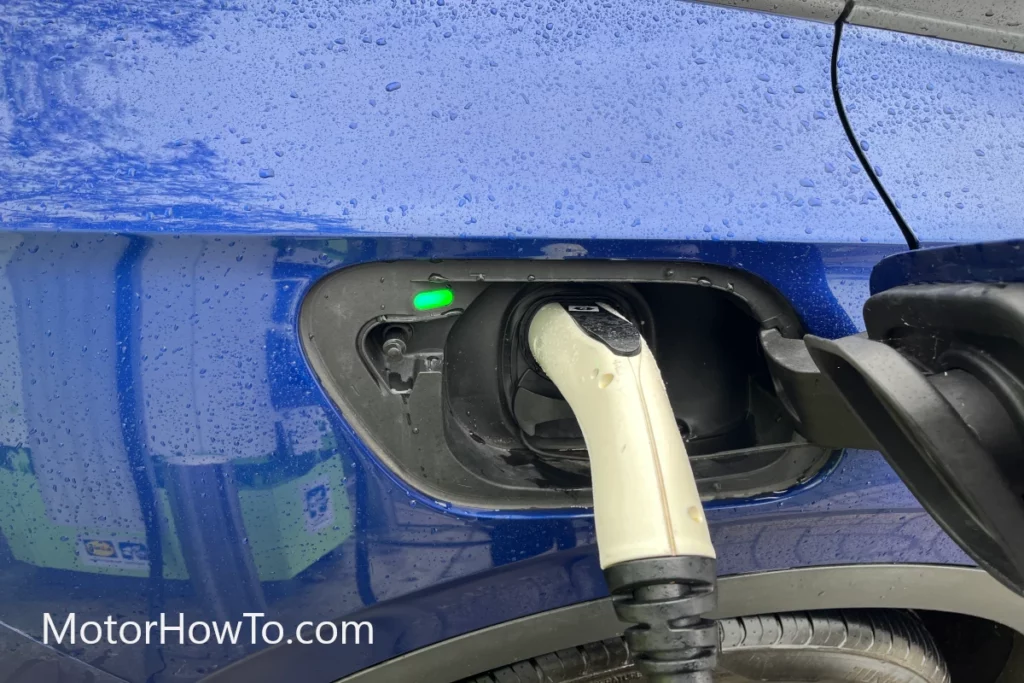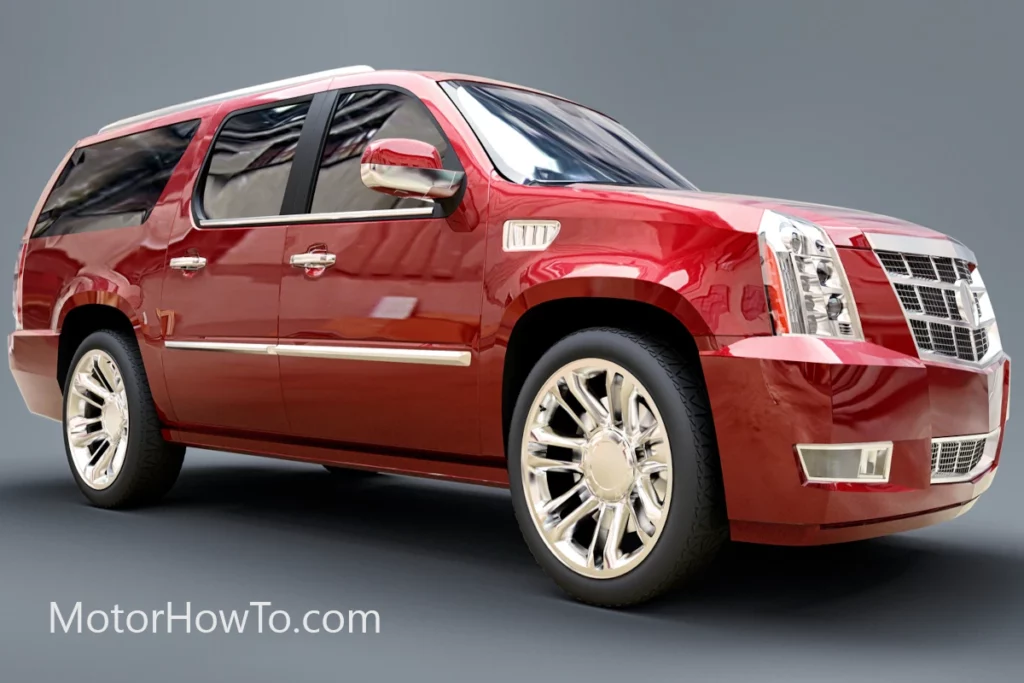Every car has its stereo system, which consists of different units and components.
When all of these units come together, they create an audio experience for the driver and the passengers, keeping them satisfied and preventing the drive, especially the long ones, from getting boring.
So does the head unit matter if you have an amplifier and subwoofer?
Does Head Unit Matter When You Have Amplifier And Subwoofer Installed?
Yes, the head unit and its specification/quality do matter as the head unit is the place where the media conversation (digital to analog) and pre-amplification of the audio signal happens. If the original source at pre-amplification is distorted or poor-quality, the amplifier, no matter how good, will simply amplify the poor-quality signal. Similarly, the subwoofer and the rest of the speaker set will also output poor-quality sound.
- Does Head Unit Matter When You Have Amplifier And Subwoofer Installed?
- Does Replacing The Head Unit Improve Sound Without An Amplifier And Subwoofer?
- Does An Ordinary Head Unit Sound Better With A Decent Amplifier And Subwoofer?
- Can The Head Unit Power The Subwoofer On Its Own?
- How To Match The Head Unit With The Amplifier And Subwoofer?
- What Is The Difference Between The Car Amplifier And Subwoofer?
- Summing Up
- Source
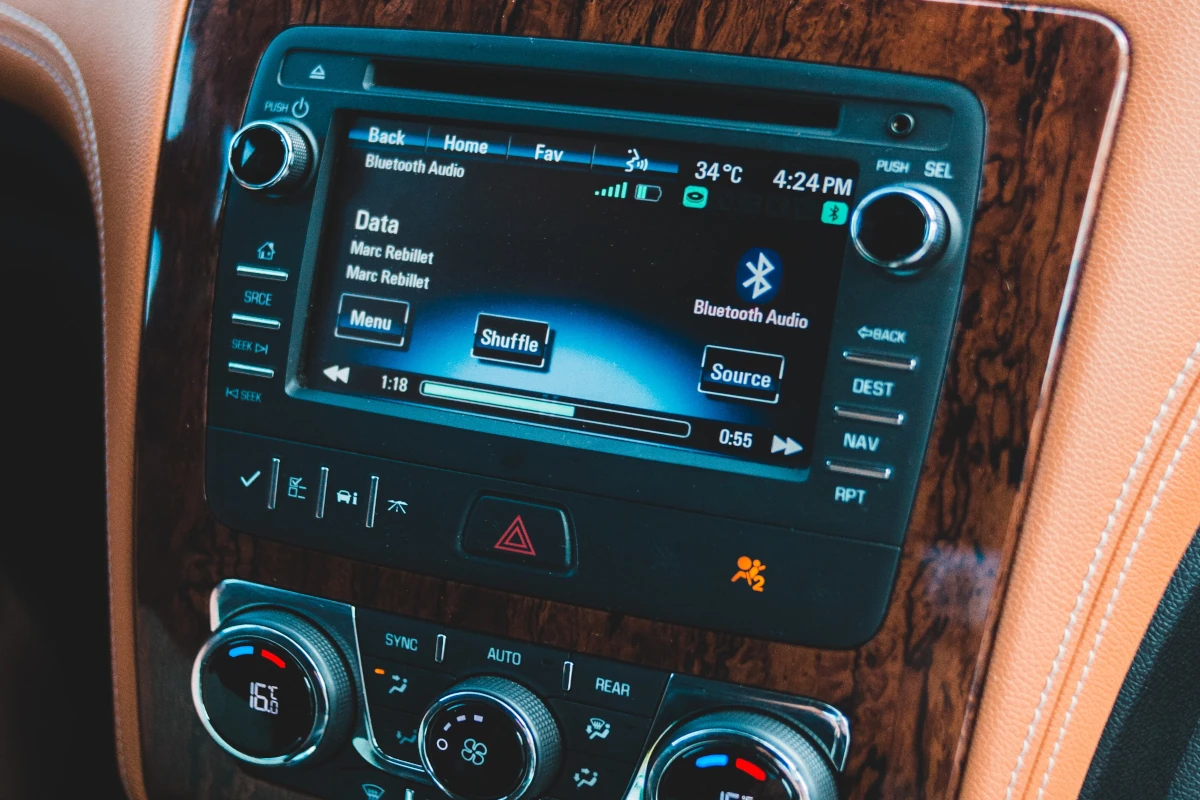
In this article, we will discuss three of these units: the head unit, the amplifier, and the subwoofer.
The head unit is the brain of the audio system, it is located on the dashboard, and the passengers interact with it to control the choice and volume of the audio.
Related:
- What Is A Car Entertainment System? (Explained For Beginners)
- What is a Car Audio Battery? (Explained for Beginners)
- Can I Use Deep Cycle Battery For Car Audio? (Explained)
Does Replacing The Head Unit Improve Sound Without An Amplifier And Subwoofer?
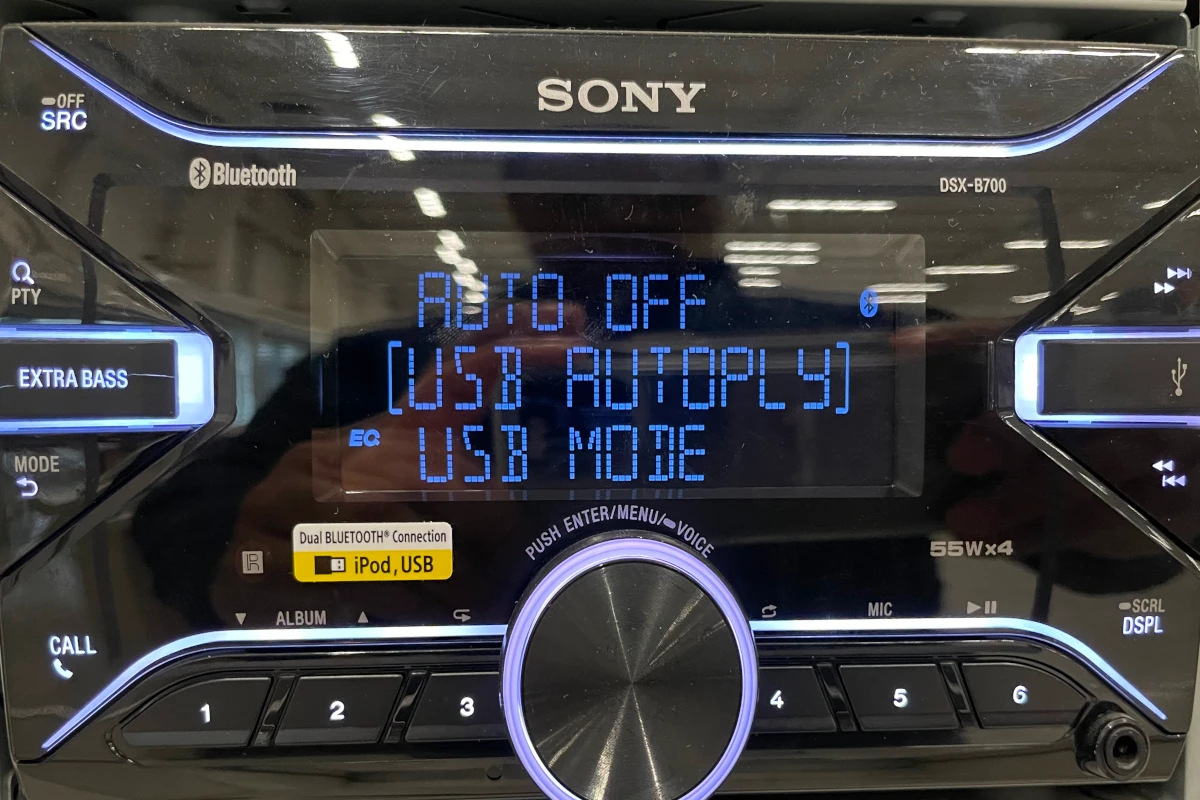
Your head unit is the centerpiece of your audio system, affecting the audio quality you play.
Many people believe that the only method to improve sound quality is through speakers.
However, the capability and power of your vehicle sound system are greatly influenced by your head unit or car radio.
Simply upgrading your head unit will increase its power, audio quality, and clarity, allowing you to listen to your favorite music like never before.
Tiny, less powerful amplifiers built into head units help increase speaker power slightly.
It takes the place of conventional radio receivers, which only pick up radio station signals and output average sound.
Modern head units outperform their predecessors in many ways and also take up satellite signals.
Therefore, upgrading to an aftermarket premium head unit is necessary for enhancing the source of the audio quality way ahead of the audio amplifier and subwoofer combination.
Does An Ordinary Head Unit Sound Better With A Decent Amplifier And Subwoofer?
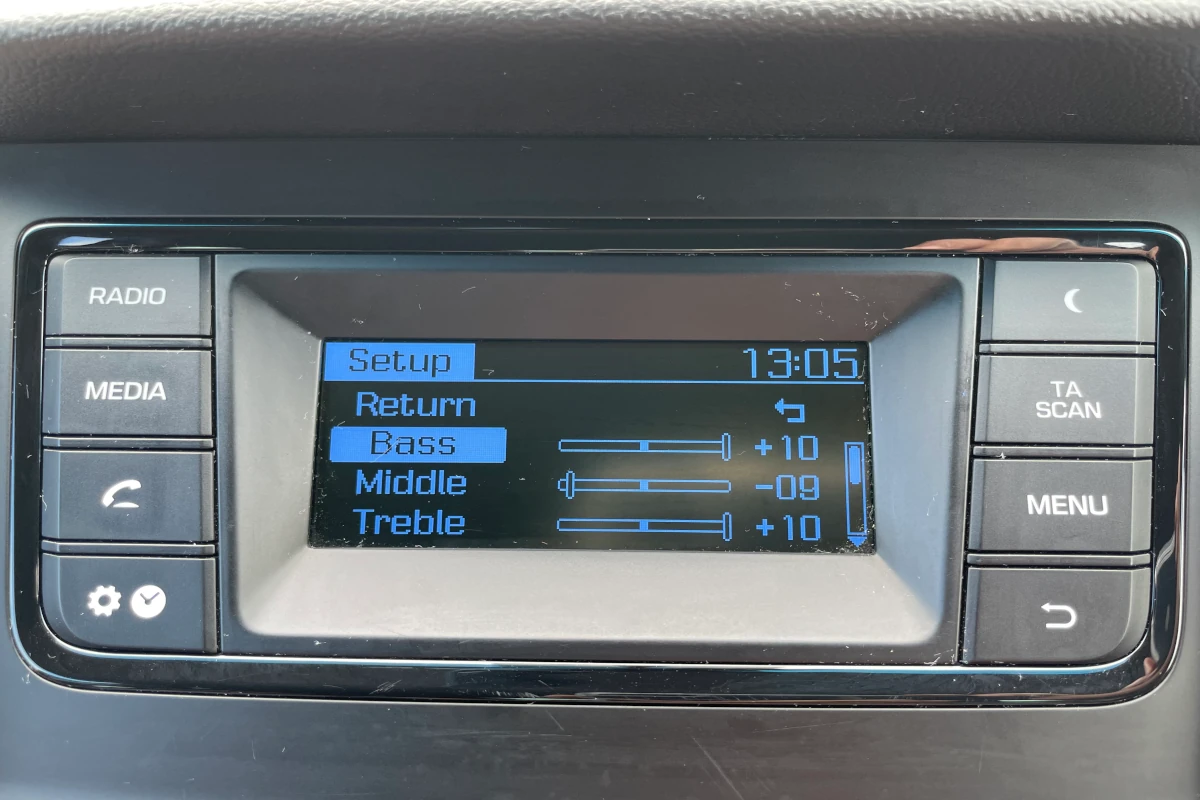
Your amplifier and subwoofer play a crucial role in determining the quality of your music.
As mentioned above, normal head units have tiny built-in amplifiers that help in boosting the audio signals.
Although the built-in amplifier in premium audio systems is more powerful, it still pales compared to the effects you can achieve with aftermarket gear.
As a result, you will have to add a separate amplifier. This is because an additional amplifier will boost the sound even more and provide loud music without distortion.
A subwoofer is also vital in this process, it allows you to truly and quite literally feel the music.
When sitting in a car, if you play EDM or any other genre with bass-filled songs, you can feel the vibrations of the songs, and it transports you to a live music festival.
Without a subwoofer, the music does not feel the same, taking away the true joy of listening to it.
Therefore, to answer the question, an ordinary head unit sounds better with a decent amplifier and subwoofer combination.
Can The Head Unit Power The Subwoofer On Its Own?
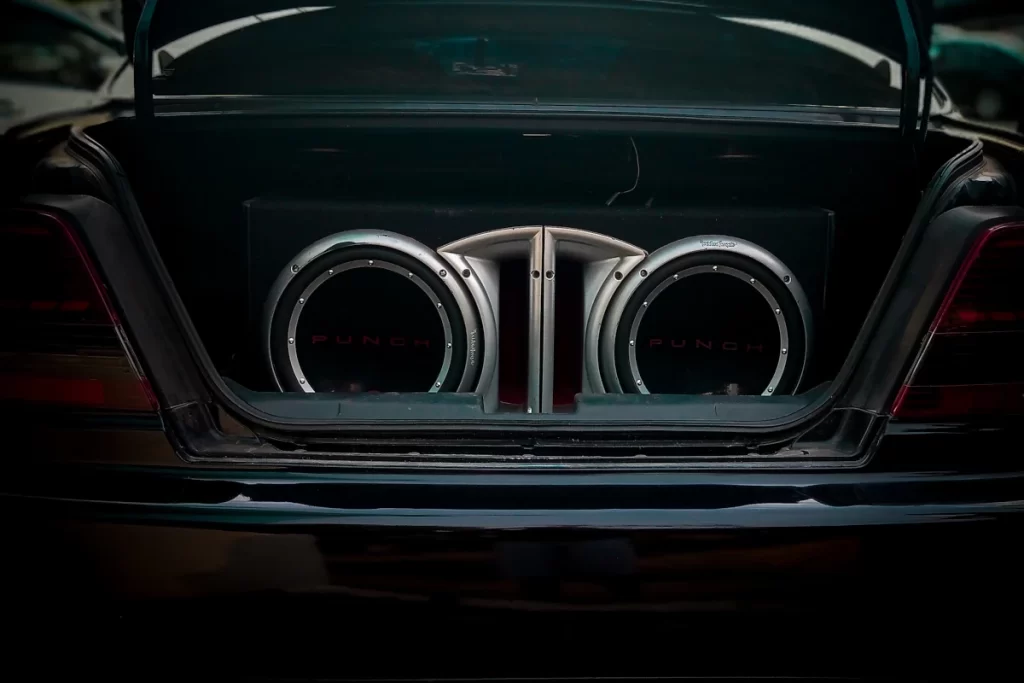
Generally, a head unit cannot take the subwoofers to their maximum potential.
Some head units have a dedicated subwoofer output connection but they still lack the power to drive the subwoofer to its maximum potential.
To reach the maximum potential of the subwoofer you need a separate power amplifier i.e to play the bass louder without incurring distortion, an amplifier helps to power the bass.
A separate low-power signal (RCA output) from your head unit is often available for use with an amplifier to drive your subwoofer.
However, without the amplifier, your system operates at a lower voltage, which is insufficient to drive a subwoofer.
Subwoofers consume a significant amount of power which is why they require a separate amplifier in most cases. This is also the reason why amplifiers need a separate power source and sometimes a separate deep-cycle car battery.
Read this amazing article about Car Audio Batteries.
How To Match The Head Unit With The Amplifier And Subwoofer?
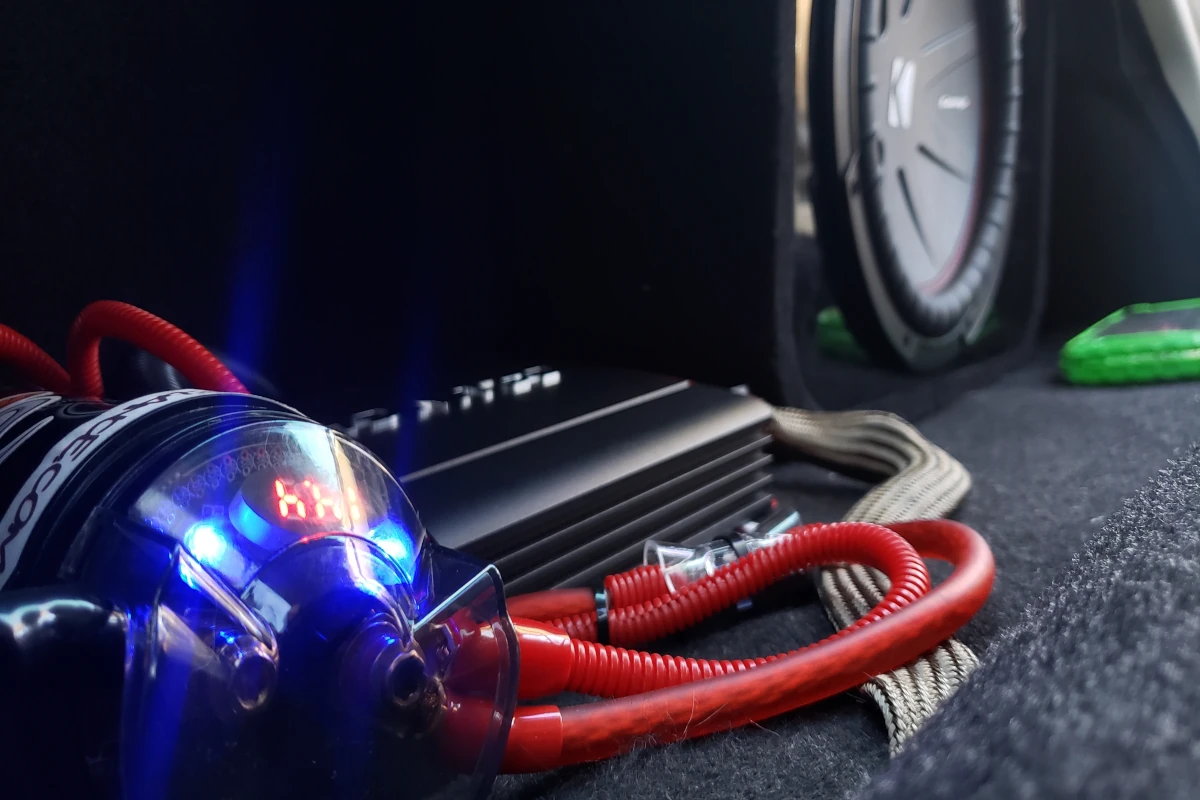
The first thing you have to do is match your amplifier with your subwoofer since they go hand in hand.
There are two separate cases for this, as discussed below:
You Have The Subwoofers, And You Need An Amplifier
Subwoofers Should Be The Same
All connected subs’ coil types and impedance must match.
If they aren’t, the power won’t be distributed equally, and some subs would likely become overpowered while others would become underpowered.
Find Out The Amount Of Power Required
Find out the RMS (Root Mean Square) rating of the sub.
The total RMS rating is then calculated by multiplying the number of subs by each one’s individual RMS rating.
Make sure the amp you select can only deliver as much power as the overall RMS rating of the subsystem.
Figure Out The Impedance
This is the result of coving coils and subs.
Once found, you just have to look for an amplifier that can give the necessary power according to the RMS and provide the right impedance.
You Have The Amplifier And Need The Subwoofer
RMS Of Amplifier
Find out the amount of power that the amplifier can provide to your subwoofers
Decide On The Number Of Subs
Depending on the number of subs you want, divide the RMS by the number and get the average RMS that would be required for each sub.
Find Impedance
Again, find the impedance for each sub and then pick the suitable subwoofer(s).
Now, to match your head unit with the amplifiers and subwoofers, you have to make sure that the RMS of the head unit is 50% of the entire system’s RMS.
Therefore, if the head unit has an RMS of 100 watts, the amplifiers and subwoofers should not exceed the 100 watts limit. A 1:1 ratio should be achieved for your entire audio system to work perfectly.
What Is The Difference Between The Car Amplifier And Subwoofer?
The car amplifier’s job is to boost the audio signal of the head unit so that it is strong enough to move the cones of the speaker and create sound.
A subwoofer is one of those speakers which produces a low-frequency bass.
The difference between a subwoofer and a normal speaker is the frequency range they both deal with.
While a subwoofer produces sounds of lower frequencies, the speakers produce mid and high-level frequencies.
The bass you feel when playing loud music is caused due to your subwoofer.
Summing Up
The amplifiers and subwoofers in your car are crucial for the thorough enjoyment of the music you play. You must keep the relationship between them and the head unit in mind, irrespective of whether they’re in-built or installed later (aftermarket).
As long as you are clear about the basics of these three units, you will always have a wonderful audio experience whenever you turn on the music, almost like a disco.
Source
Do I Need an Amp for Better Sound in My Car?

